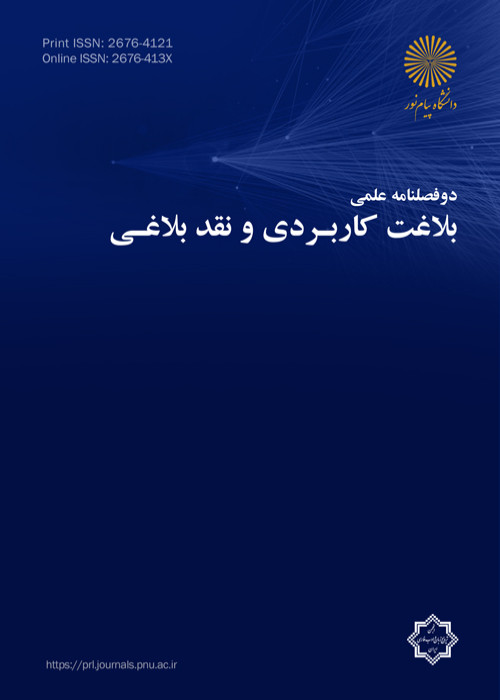Semiotic analysis of Sureh-ye Tamasha by Sohrab Sepehri
Semiotic analysis of discourse, especially literary discourse, is driving literature towards being dynamic and applicability. This method is a sensory-perceptual, free-flowing, aesthetic and unstable process which has got shaped suddenly passing through a program-oriented method and in the presence of a human agent and is situated in the way of meaning production. It creates an artistic, sensory, and aesthetic process which fails to result in a definite and pre-determined conclusion. The sudden and emotional presence of actan makes a tensional and aesthetic atmosphere in the process of creating meaning. In semiotics sense, perception, tension, emotion and cooperation leads to the creation and development of meaning. This method contrary to program-oriented and narrative method does not function mechanically, but it has an unexpected and sudden aspect. So it leads to no definite and constant conclusion. In other words, it does not function in a certain and given way to lead to a pre-determined conclusion and there is a tensional and unstable ruling on the meaning. In this paper, I will analyze the "Sureh-ye Tamasha" by Sohrab Sepehri from the semiotic approach, to answer this question if Sepehri has a emotional, tensional, creates the aesthetic, free-flowing and plural meaning in this poem.
-
تقابل زبان فارسی و زبان تالشی در آموزش دوزبانه ها
*
نشریه پژوهش های تطبیقی زبان و ادبیات ملل، بهار 1398 -
بررسی نشانه - معناشناختی اشعار نزار قبانی
علی صفایی،
نشریه پژوهش های تطبیقی زبان و ادبیات ملل، پاییز 1397



